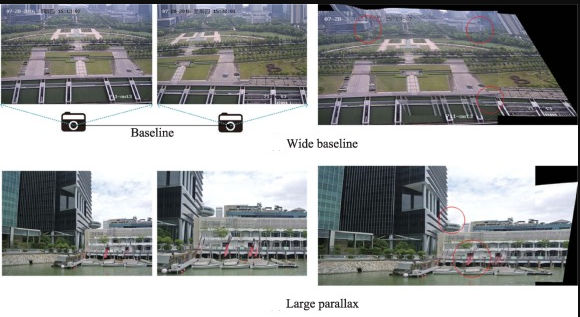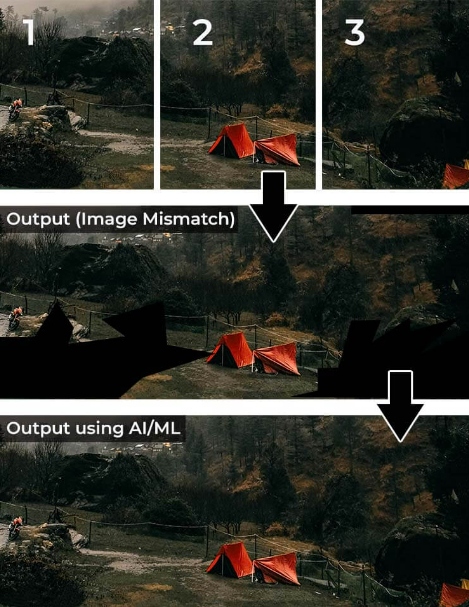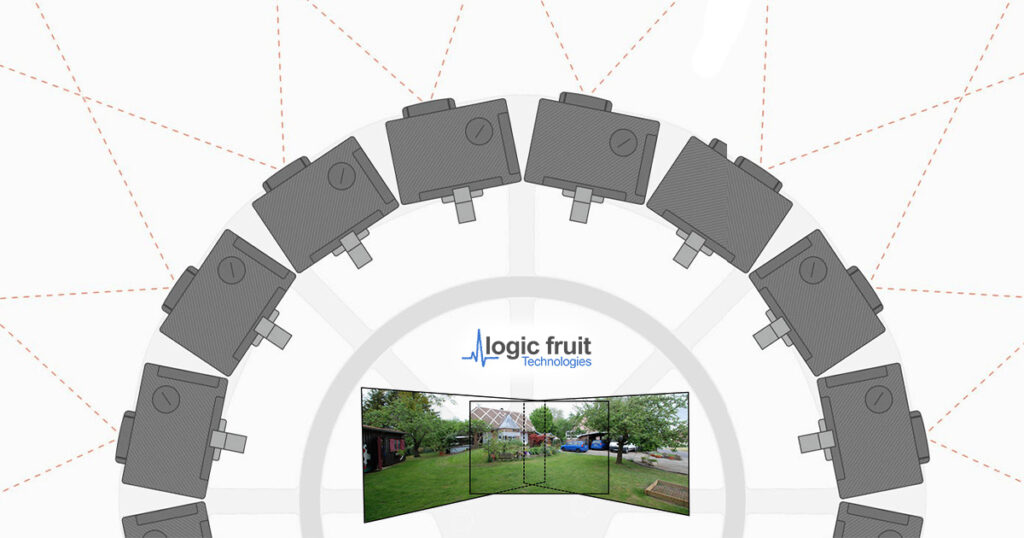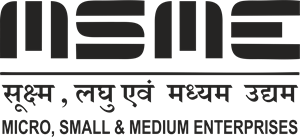Introduction
A technology for overcoming the field of view (FOV) restriction of photos and movies is image/video stitching.
It has been used in various industries, including sports broadcasting, video security, street view, and entertainment, to stitch together several overlapping photos and videos to produce a wide-field-of-view image or video.
This study examines image/video stitching algorithms focusing on more recent developments.
To create a wide-FOV image, image stitching determines the associations between several overlapping photos and then deforms and aligns the matching images.
Although video stitching, one of the oldest and most commonly used algorithms governing the technological environment, has received much attention, did you realize that artificial intelligence and machine learning (AI/ML) have significant consequences for the technology in question?
The development of AI/ML has given video stitching and its applications an entirely new dimension.
Let’s examine the evolution of video stitching combined with AI/ML throughout time, the main difficulties developers have had to overcome, and the numerous uses for video stitching that use the newest AI-infused technology.
What is Video Stitching
Image/video stitching is a technology for solving the field of view (FOV) limitation of image sensors. Using an image stitching algorithm, typically stitch a few original video frames to create a template that may be used to stitch the following frames.
With moving objects or jerky camera movement, video stitching becomes more challenging. While video stabilisation methods address jitter and shakiness, foreground detection technology combines stitching to remove ghosting and blurring.
To provide a wide-FOV perspective, image/video stitching algorithms concentrate on registering, aligning, and mixing several overlapping pictures. These are primarily separated into two groups: feature-based approaches and pixel-based methods.
Pixel-based approaches, sometimes referred to as direct methods, which include the majority of early efforts on stitching, register images by decreasing pixel-to-pixel differences directly.
The sparse feature descriptors and feature matching that are implemented sequentially are adopted by feature-based methods, a separate class of algorithms that has been described and is currently in widespread usage.

What is AI
Artificial intelligence, or AI, is the general term for systems and algorithms replicating human intellect, including thinking like humans do and performing cognitive tasks like perception, learning, and problem-solving. Deep learning (DL) and machine learning are branches of AI.
Modern web search engines, voice-activated personal assistants, self-driving cars, and recommendation systems like those used by Spotify and Netflix are some practical applications of AI.
What is Machine Learning (ML)
Machine Learning (ML), is a subset of artificial intelligence (AI) that enables software systems to improve their propensity to anticipate outcomes without being specifically programmed to do so. Machine learning algorithms predict new values by using historical data as input.
A typical use case for machine learning is recommendation engines. Other typical applications include business process automation (BPA), predictive maintenance, spam filtering, malware threat detection, and fraud detection.
Why AI and ML are important?
Artificial intelligence and machine learning provide organisations with a way to get value from the vast amounts of data they collect through the delivery of business insights, the automation of processes, and the advancement of system capabilities. AI/ML has the potential to completely revolutionise a business by assisting with the achievement of measurable results like
- Increasing customer satisfaction
- Offering differentiated digital services optimising existing business services
- Automating business operations
- Increasing revenue
- Reducing costs
What are the long-term challenges for Video Stitching?
Overlapping Regions with Low Texture:
One of the main difficulties in video stitching is the emergence of low-texture overlapping regions in the images that need to be combined. As a result, we will not receive an exact match for overlapping regions, which leads to erroneous findings.

Comprehensive Baseline with Large Parallax:
People frequently use portable equipment, such as mobile phones or digital cameras, to casually record practical photographs while using professional technologies. This leads to uneven distortions that cause problems like a broad baseline and large parallax.
The commonly suggested approaches for video stitching only function on typical datasets, such as those with a natural baseline and little to no parallax. While the problems mentioned earlier typically cause blurring, ghosting, and erroneous picture alterations.

AI/ML has emerged as a compass for all developers struggling with these persistent problems. Artificial intelligence, deep learning, and other cutting-edge technologies are opening doors for these problems.
The performance and quality of video stitching to prevent overlapping regions are impacted mainly by AI/ML. The AI/ML-based video stitching algorithms lessen the load on the hardware used based on the standard view covered by all the cameras.
Video feature tuning provides an authentic and surreal experience of many wide-angle views on a single screen.
One cannot distinguish the differences between the perspectives along the stitching lines because of the seamless and exact transition it provides.


Video Stitching Applications with AI/ML – THE NEW NORMAL
Video Conferencing Solutions:
Video streaming options and capabilities have increased due to the telecom industry’s exponential growth and the introduction of 5G capabilities in mobile networks.
Therefore, 4K and 8K video streaming choices are expected to provide a smooth user experience with several viewpoints stitched together for a panoramic view. Artificial intelligence can be used to solve this issue.
High-resolution streaming choices raise the demand for high-quality stitched images, directly impacting the bit rate. AI-integrated video conferencing solutions also aid bit rate reduction and quality preservation for a given resolution.
The likelihood of an erroneous transformation and blurriness in the image increases when using traditional methods for video stitching.
This is why traditional approaches using image processing and video analytics techniques have been replaced by video stitching and conferencing solutions.
Maintaining the highest stitching performance is a top priority nowadays, and this may be done by integrating post-processing techniques with cutting-edge technologies like artificial intelligence and machine learning. Let’s discuss the problems with video stitching in video conferencing systems and how to fix them.
Challenges:
- The deviation in the views along the line of stitching.
- The Performance impact on the hardware owing to the increase in video resolution up to 5.7k is slowly becoming mainstream in 2020 and beyond.
- An increase in the use of other AI/ML use cases that can parallelly work on the stitched output can affect the accuracy of these use cases.
- Accuracy of the AI/ML algorithms along the lines where the object of interest is divided between 2 views and the quality of stitching for accurate object/person detection.
New Normal:
- AI/ML algorithms that help stitch only the necessary views from all the cameras can somewhat negate the performance impact.
- A video stitching algorithm with AI creates an accurate single-stitched output image without unusual demarcations along the stitched lines.
- Using AI/ML in video conferencing helps cover more regions of interest (ROI) which brings in the usage of the higher resolution of images/videos, followed by an improvement in the perspective of covering a large scale on a single large screen.
360 Degree / Panoramic View Solutions:
Due to the safety they offer, particularly in larger trucks and commercial vehicles, surround-view cameras are slowly being installed into all currently sold vehicles worldwide.
Video stitching also assists in traffic control and maintaining safe driving standards for the enhanced safety of all the occupants in the car.
This four-camera system aids in creating a 360-degree panoramic vision surrounding the car and lessens blind spots so that driving is always safe.
The number of cameras employed rises with the vehicle size, such as a trailer or caravan, necessitating the usage of AI/ML-based stitching to capture the entire region around the vehicle.
Innovative technologies like AI/ML also help to detect impediments around the car in life-threatening situations with effective results by improving the performance and accuracy of the stitching algorithms.
Challenges:
- 360 Degree and Panoramic view solutions have continuously been inhabited by the number of cameras deployed. As the number of cameras increases, so do the stitching lines, increasing the negative user experience.
- High-resolution images/videos for panoramas always bring in high memory bandwidth requirements.
- If we don’t use AI/ML, 360-degree views bring us into the territory of using high-end CPUs and GPUs for performing the stitching.
New Normal:
- Employing AI/ML algorithms in video stitching helps in having lesser misalignment along the stitching line,s which improves the quality of the panoramic/360-degree videos. AI/ML helps remove the redundant parts in multiple cameras’ views to remove the significant data bandwidth requirements.
- AI algorithms help reduce the horsepower requirements on the hardware (CPU and GPU) side, which helps to perform panoramic and 360 views on low-end hardware.
Integration of AI Capabilities with Video Stitching- Benefits:
- Less performance Impact on the CPU and GPU
- Data consumption or stress on the memory bandwidth is less
- More realistic user experience with an accurate representation of all the views of the different cameras
- More precise surveillance experience in safety, crowd control, and object/person tracking
Video stitching has recently made significant progress in securing large areas of space, such as a cricket match in a stadium, where it can assist in covering all the views from more than 1000 cameras distributed in the stadium.
When several views and stairways are stitched together on a single large screen, it dramatically enhances the user experience and helps keep a closer eye on security issues.
Use Cases of Advanced AI and ML Video Editing Technology
Automatic reframing, color matching, and audio ducking are some further applications of these AI and ML-powered video editing technologies that need little manual labor.
The solution that can upscale original clips, eliminating the need to manually raise the size, which frequently results in a blurry end product, is another AI-powered video editor that saves time.
The list includes tools that enable producers to simultaneously live-stream across social media channels. At the same time,e other web-based studio editors make it simple for users to make movies while on the move.
A few AI video editing tools also enable businesses to automate content moderation. To ensure that videos are fully compliant and prepared to stream, AI and ML technologies will analyze a video for explicit and sensitive content, such as firearms, violence, alcohol/drugs, language, or nudity.
Users can alter the criteria and rules for content filtering to meet the broadcasting platform unique to their regions, like the parameters used to make GIFs and highlight reels.
If a movie needs to be altered or packaged for a TV commercial because it contains mature content, it might need to be this example.
Conclusion:
The time for businesses to take this opportunity to adapt to the changing landscape of video editing is now. Hollywood has used AI-driven technology in its movies for many years.
However, any company that wants to create captivating videos with stunning images can now employ this revolutionary idea.
With the use of artificial intelligence and machine learning in a variety of business areas, including gaming, natural language processing, and bioinformatics, picture recognition has also reached a completely new level thanks to AI/ML in video editing.
The quality of the panoramic/360-degree films is improved by using AI/ML algorithms in video stitching since they result in less misalignment along the stitching lines.
The advantages of AI and ML-powered video editing tools will be instantly noticeable for businesses and content producers in terms of time savings and reduced labor requirements.
Since many of these solutions can manage numerous facets of the creation and dissemination of their video material, organisations and people will not only become more effective and able to handle more projects at once, but they will also be able to expand their video processing capabilities.
Users may create more individualised and tailored movies using AI, increasing engagement and yielding a higher ROI.
Additionally, by allowing users to recycle footage, tell richer stories, and participate in fresh creative exploration, these automated video editing technologies aid businesses and content producers in realising the full potential of their videos.





![Advanced Driver Assistance System [ADAS] Everything You Needs to Know](https://www.logic-fruit.com/wp-content/uploads/2022/10/Advanced-driver-assistance-systems-Thumbnail.jpg)





